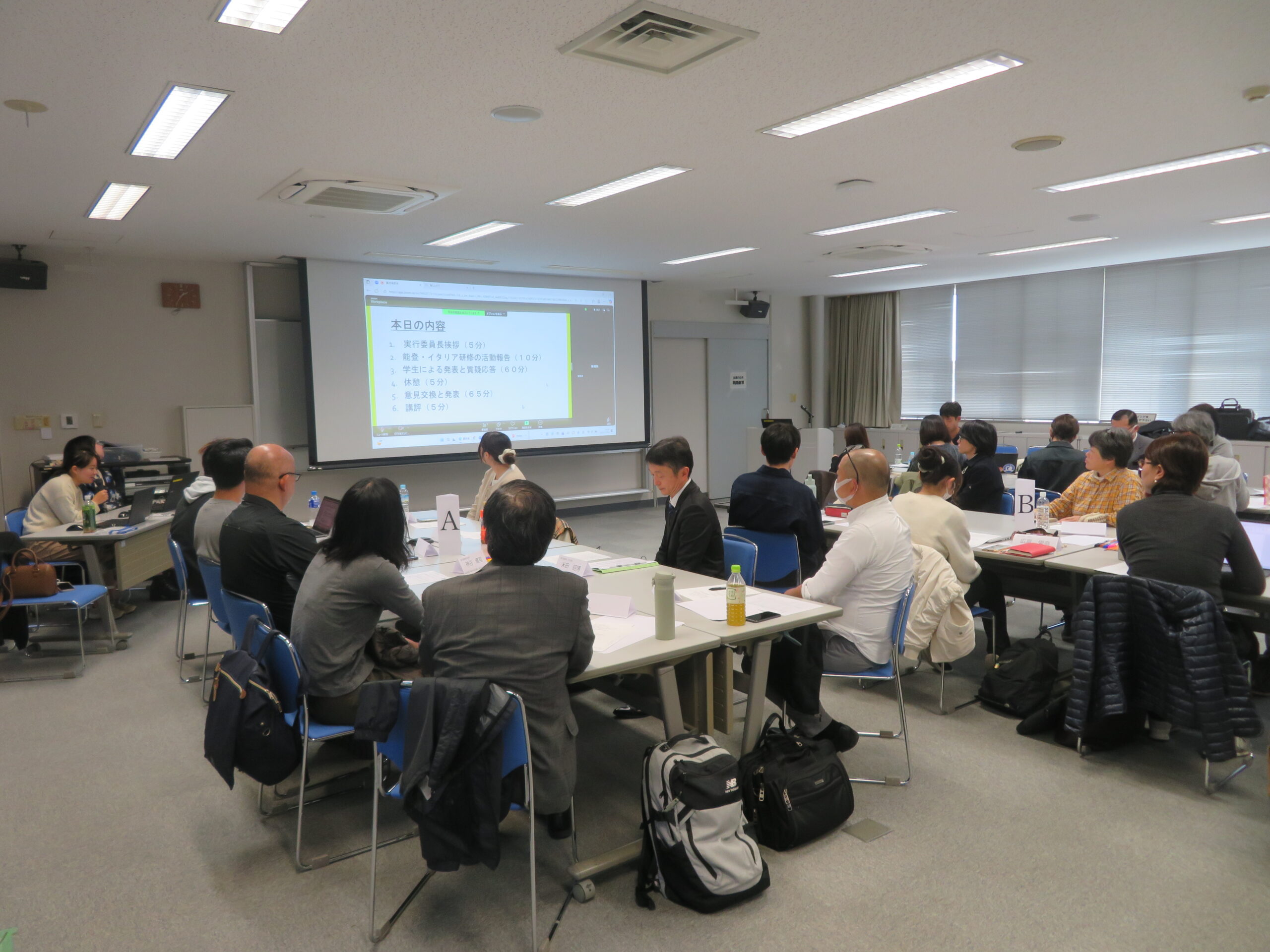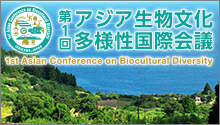On 16 November 2025, presentations of the Globally Important Agricultural Heritage Systems (GIAHS) International Study Programme 2025 were held in Noto. This programme had been postponed due to the aftermath 2024 earthquake and heavy rain but resumed this year in collaboration with Ishikawa Prefecture. Through lectures and workshops in July and field study in Noto in August, students learned about the values of Satoyama and Satoumi landscapes, local livelihoods, and the ongoing challenges of post-disaster recovery.
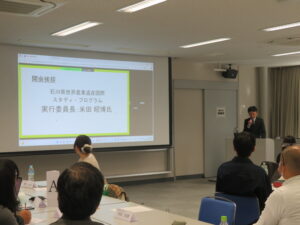
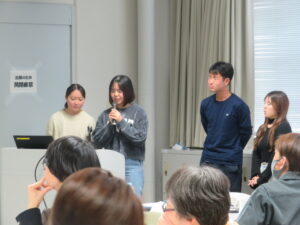
After the opening remarks by Mr. Akihiro Yoneda (Director, Planning and Development Department), students delivered an overview of their training in Noto and Italy. They shared their experiences of visiting areas still affected by the disaster, explaining how they came to understand the connections between livelihoods, culture, and nature. They also reflected on the current situation in the region and its future prospects. During the Italian field study, students learned about sustainable agricultural practices rooted in local traditions, including how traditional olive cultivation is combined with organic farming methods and modern processing techniques to produce high-quality olive oil that reflects the region’s terroir.
This was followed by student presentations. Three teams offered proposals for the future of the region, drawing on what they had learned through their field experiences.
The Food and Traditional Culture Team proposed “creating a new entry point for community engagement” by combining short- and long-term farm stays based on Suzu City’s organic farming initiatives. Their proposal outlined a system that allows participants to experience local food and agriculture while contributing to the cultivation of future practitioners.
The Traditional Culture Team focused on the Fire Festival in Koda, Notojima identifying both the essential character preserved because the festival has not been commercialised and the challenges it faces due to a shortage of participants. They proposed three key proposals: using social media to more effectively convey the festival’s significance, establishing mechanisms for external stakeholders to assist, and promoting ongoing collaboration between universities and local communities.
The Environmental Team presented the concept of “Noto University Village”, in which students would regularly visit the region to build lasting relationships with local residents while respecting the skills and knowledge underlying Satoyama and Satoumi livelihoods. Their idea aims to renovate vacant houses and create a system that supports close engagement with the community, including the preservation and documentation of traditional culture.
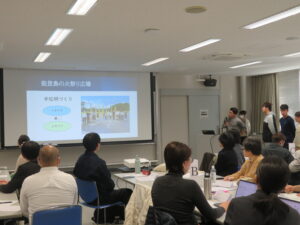
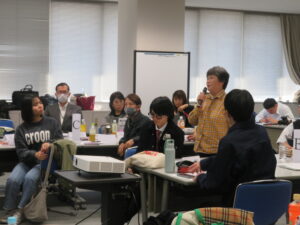
A discussion then took place between local participants and students on the theme “Noto’s Future Utilising GIAHS”. The conversation covered a wide range of topics, including recovery from the earthquake, ways for young people to become involved, and the preservation of local resources. Lastly, Dr. Tsunao Watanabe (UNU-IAS OUIK, Visiting Research Fellow) offered closing comments, commending the students for their sincere engagement with their field learning and thoughtful reflection on their experiences in Noto and Italy.
This presentation event provided a valuable opportunity for students and the communities to come together while considering Noto’s recovery and sustainable future. Not only were the perspectives of the younger generation shared, but new seeds of collaboration were sown through dialogue with local residents, strengthening the relationships that will continue to support Noto in the years ahead.


